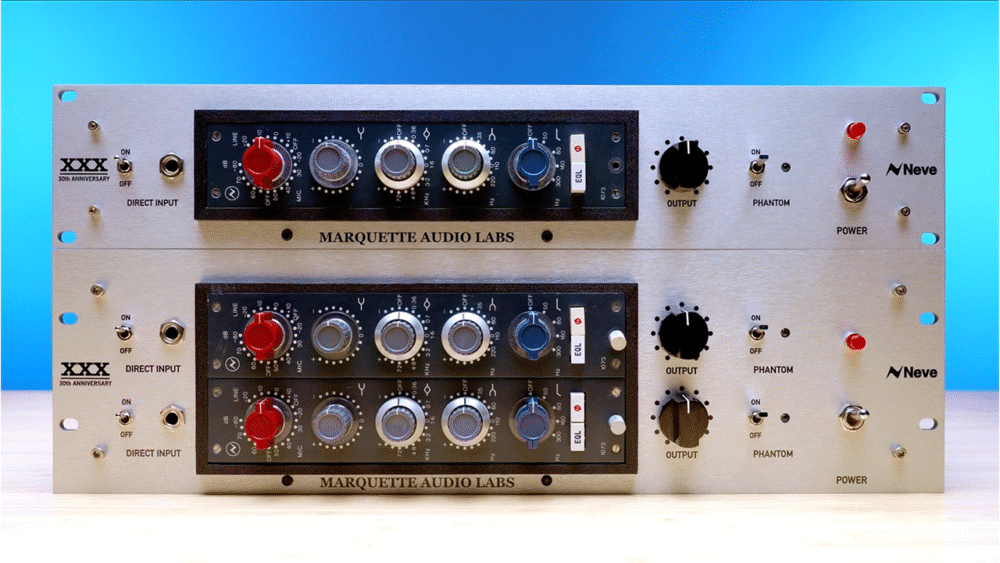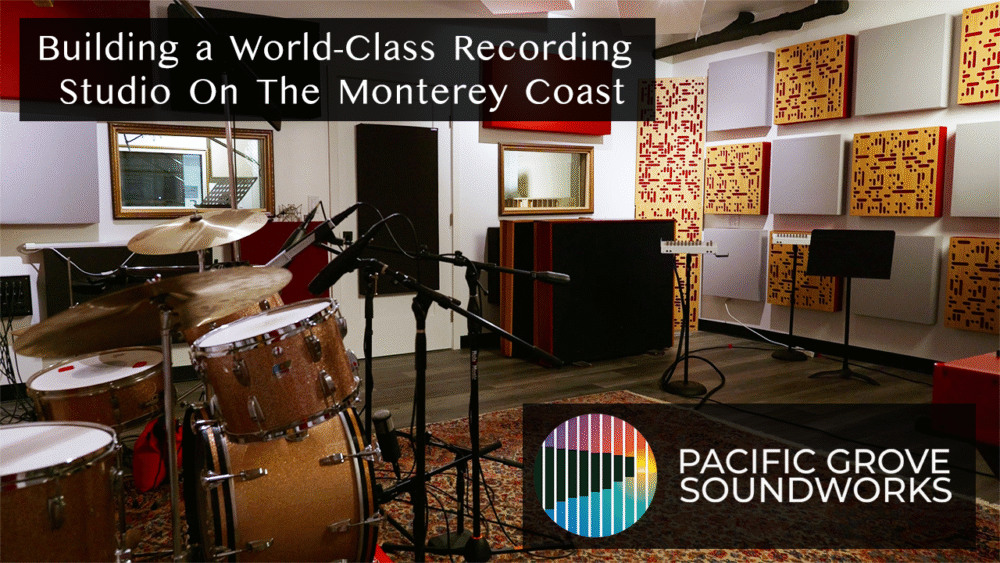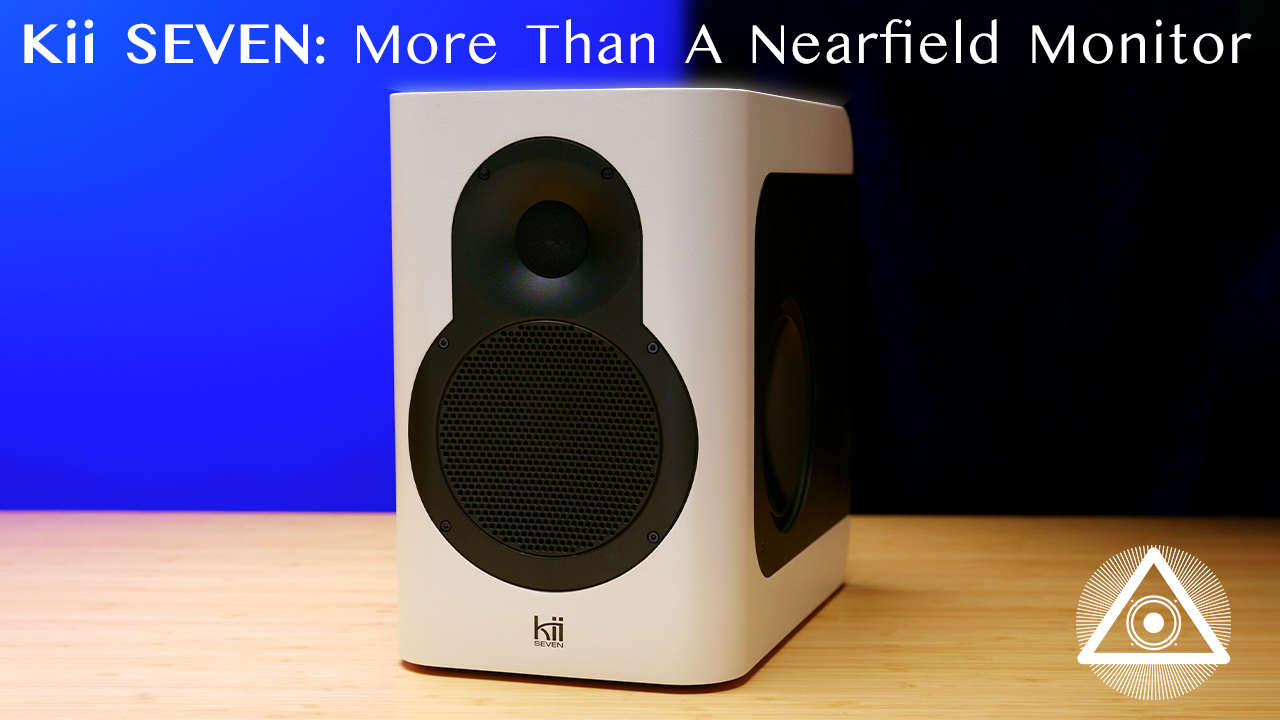For most studio owners, powering their pro audio equipment comes without a second thought. They plug their console, studio monitors, recording interface, and outboard gear directly into the wall or a power strip and expect their gear to work flawlessly.
The Importance of Power Conditioning
Some of us have experienced issues with our gear and gravitate towards using power conditioners to help fix the problem. While power conditioners help protect the units being plugged into them and provide an isolated power source, little is done about the quality of the power provided.
Introducing Equitech Balanced Power Solutions
For those who want their gear to perform at its best and without any of the noise, hums, or buzzes that grid power imposes on our sessions, look no further than Equitech Balanced Power Solutions. Using a unique transformer design that splits a 120-volt source into two phase-canceling 60-volt legs, Equitech provides a noiseless, humless, and buzzless power solution.
Trusted by Top Institutions
Equitech’s balanced power method goes beyond standard recording studio use. It is the trusted power solution at NASA’s Jet Propulsion Laboratory and Oak Ridge National Laboratory, ensuring that their test equipment, electron microscopes, and imaging technology work flawlessly without becoming variables in their tests.
Real-World Benefits in the Studio
Since hearing is believing, we set out to show how using Equitech’s Balanced Power Solutions in a recording studio environment can significantly improve the performance of your pro audio equipment and eliminate those pesky “ghosts in the machine” that plague what were perfectly recorded takes.
Watch our video below for the full test. If you’re not much of a video-viewer, scroll down for a transcript of the video along with a media player with the files for easy comparison, or if you don’t trust the web players codecs, you can also download the audio files to test in your DAW. Make sure to wear headphones when listening to the audio samples for the best results.
Interested in hearing how your studio could benefit from Equitech’s balanced power solutions? Contact Providence Sound And Vision today and we’ll set up a demo at your studio so you can experience pure balanced power in your space and hear what you’ve been missing.
Don't Feel Like Watching?
Read The Transcript Instead
Jeff Ehrenberg:
Hello, Jeff here from Providence Sound and Vision. Welcome to our video where we will prove that the quality of electricity-feeding audio equipment will make everything sound better. We will demonstrate this in a way that you can experience for yourself, through this video.
This video is presented by Equitech, the inventor of balanced power.
Cleaning up noise is only one benefit of balanced power. The other benefit is that every piece of equipment you feed with balanced power performs at its best. It’s like running a sports car on high-octane gasoline instead of standard 87.
How does this work? It must be snake oil you say!
Not at all. It’s quite simple. We’ll explain it as simply as possible here and if you are an electrical engineer or physicist and have technical questions, please leave them in the comments below and we’ll get someone more qualified than me to answer for all of us to learn from.
Speaking of physicists, Equitech balanced power can be found at NASA’s Jet Propulsion Laboratory powering equipment to monitor the Mars rover, and 50 Equitech units are at Oak Ridge National Laboratory powering scientific test equipment, electron microscopes, and imaging technology for clearer and more accurate results in the lab.
So how does it work? In 1992 engineer and inventor Martin Glasband came up with a Transformer design that takes the 120-volt positive leg from the AC electrical grid and splits it into two 60-volt legs that travel on the positive and neutral wires of a power cable toward your equipment. During the mechanical process of splitting the voltage, any noises, hums, or buzzes from the grid power are phase canceled and erased.
I experienced this issue firsthand when I co-owned and engineered records at the original Infrasonic Sound studios in Los Angeles. Right next door we had a metal fabrication shop.
There were two layers of cinder blocks between our neighbors so we never heard sound from the shop, but there was one machine they would use on occasion that would send a buzzing sound through all of our power. It sounded like a dentist’s drill that would appear on the console, a guitar amp, or a tube microphone at the worst of times. We ended up buying three Equitech units and the problem was solved.
Ok, so now we have two, cleaned-up 60-volt legs feeding the equipment, how does it help the equipment sound better? Every piece of equipment has a Bridge Rectifier that takes the Alternating Current from your local grid and converts it to Direct Current to power the circuit in your equipment.
The bridge rectifier looks at the sine wave and takes only the top part of the wave, passing what is below the zero-crossing over to the neutral leg. This creates noise or hiss from the power trying to reach the rectifier. With balanced power, the bridge rectifier is not struggling to convert the power to DC and operates more efficiently enabling your equipment to sound its best.
**************
Now we’ll move on to the proof of concept. In the description of this video you’ll find chapter navigation to jump to or repeat the part you find most interesting. While you are there, please like and subscribe to our channel if you like this type of content where you can hear the results of the audio equipment we work with.
For our first demonstration, we have a mix of the song Crossfire by Chris Van. The mix was engineered by our own Brian Gross. We are taking the the mix and separating it into stems that will run out of this Lynx Aurora (n) then through this rack of outboard equipment into a Dangerous 2-Bus +, then printed back into Pro Tools through the Dangerous AD+.
All we are going to do is swap the power between LADWP through some power strips and the Equitech 2RQ.
We’ll hear some solo instruments back and forth, and then the entire mix.
Choose A Song:
Don't Trust This Media Player's Codecs?
Download all of the files and check the audio for yourself:
********************
Cutting into the video for a minute – when we were in the studio comparing the results of the tracks with and without Equitech Balaned Power, we were all blown away.
The kick and bass had more bottom end definition. The snare had more body and crack. The vocals sat in the center like a phantom, and the air and presence made the tracks more intimate and close.
Then, we uploaded it to YouTube and the compression choked the sound. One thing you can do to make sure you’re hearing the tracks at their best is change your YouTube quality to 4K. Look for the settings gear in the bottom left of the YouTube player and go from Default to 4K. That should sound better.
The other thing you can do is click on the link in the description to a blog post we created where you can stream at high resolution or download the files to your own DAW.
Thanks for watching, now back to the video.
********************
Crossfire by Chris Van is demonstrated.
********************
For a different sound and frequency response, Brian also whipped up a beat with more low end. We’ll hear that too.
********************
Eye of Providence Beat is demonstrated.
********************
Thank you for joining us. We are thrilled and honored to be working with Equitech to help make the world a better sounding place. If you liked this video please give us a like and subscribe to experience more content like this, where you can experience actual results from audio equipment before spending your hard earned money.
We are Providence Sound And Vision and we live to help you sound your best.




